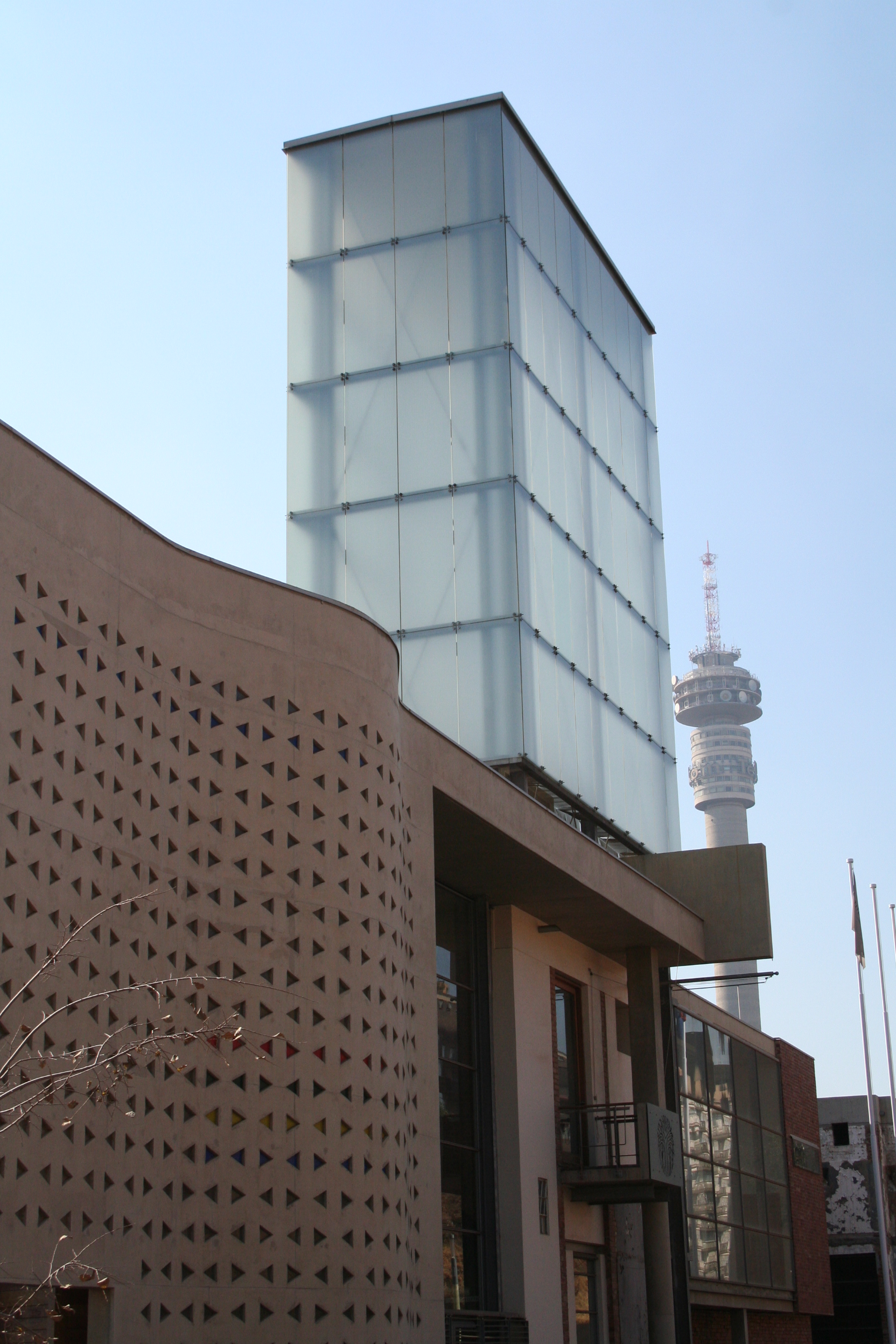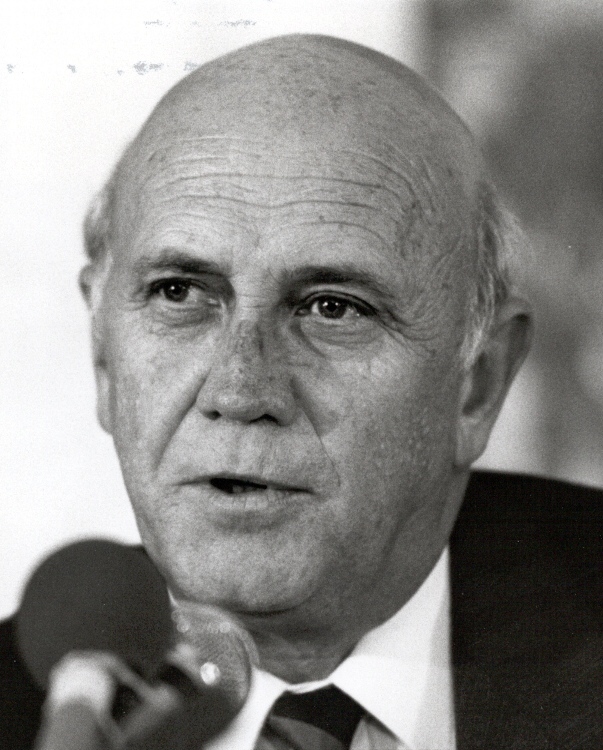|
Politics In South Africa
The Republic of South Africa is a unitary parliamentary democratic republic. The President of South Africa serves both as head of state and as head of government. The President is elected by the National Assembly (the lower house of the South African Parliament) and must retain the confidence of the Assembly in order to remain in office. South Africans also elect provincial legislatures which govern each of the country's nine provinces. Since the end of apartheid in 1994 the African National Congress (ANC) has dominated South Africa's politics. The ANC is the ruling party in the national legislature, as well as in eight of the nine provinces (Western Cape is governed by the Democratic Alliance). The ANC received 57.50% of the vote during the 2019 general election. It had received 62.9% of the popular vote in the 2011 municipal election. The main challenger to the ANC's rule is the Democratic Alliance, led by John Steenhuisen (previously by Mmusi Maimane), which received 20 ... [...More Info...] [...Related Items...] OR: [Wikipedia] [Google] [Baidu] |
Deputy President Of South Africa
The deputy president of South Africa is the deputy to the head of state and head of government of the Republic of South Africa and is a member of the National Assembly and the Cabinet. The deputy president is constitutionally required to "assist the president in the execution of the functions of government", and may be assigned any government portfolio by presidential proclamation. The deputy president performs the duties of the president when the president is outside the country's borders, unable to fulfill the duties of the office, or when the presidency is vacant. The deputy president is generally appointed as the leader of government business in the Parliament of South Africa by the president. Under the interim constitution (valid from 1994 to 1996), there was a Government of National Unity, in which a member of parliament from the largest opposition party was entitled to a position as deputy president. Along with Mbeki, the previous state president, F. W. de Klerk, also s ... [...More Info...] [...Related Items...] OR: [Wikipedia] [Google] [Baidu] |
Provinces Of South Africa
South Africa is divided into nine provinces. On the eve of the 1994 general election, South Africa's former homelands, also known as Bantustans, were reintegrated, and the four existing provinces were divided into nine. The twelfth, thirteenth and sixteenth amendments to the Constitution of South Africa changed the borders of seven of the provinces. History The Union of South Africa was established in 1910 by combining four British colonies: the Cape Colony, the Natal Colony, the Transvaal Colony and the Orange River Colony (the latter two were, before the Second Boer War, independent republics known as the South African Republic and the Orange Free State). These colonies became the four original provinces of the Union: Cape Province, Transvaal Province, Natal Province and Orange Free State Province. Segregation of the black population started as early as 1913, with ownership of land by the black majority being restricted to certain areas totalling about 13% of the country. ... [...More Info...] [...Related Items...] OR: [Wikipedia] [Google] [Baidu] |
Provincial Legislature (South Africa)
In South Africa, a provincial legislature is the legislative branch of the government of a province.'' Chapter 6: Provinces'', Constitution of the Republic of South Africa, 1996. The provincial legislatures are unicameral and vary in size from 30 to 80 members, depending on the population of the province. Each legislature is chaired by a Speaker and a Deputy Speaker. History The original four provinces of South Africa (the provinces that existed from 1910 to 1994) had provincial councils elected by the white population of the provinces. The provincial councils were weak; they appointed an executive council (a provincial cabinet) but could not appoint or remove the Administrator (the executive head) of the province. The Administrators were chosen by the Governor-General (before 1961) or the State President (after 1961). The provincial councils' legislative powers were also strictly limited to specific topics. In 1986 the national Parliament abolished the provincial councils entirel ... [...More Info...] [...Related Items...] OR: [Wikipedia] [Google] [Baidu] |
Lower House
A lower house is one of two Debate chamber, chambers of a Bicameralism, bicameral legislature, the other chamber being the upper house. Despite its official position "below" the upper house, in many legislatures worldwide, the lower house has come to wield more power or otherwise exert significant political influence. The lower house, typically, is the larger of the two chambers, meaning its members are more numerous. Common attributes In comparison with the upper house, lower houses frequently display certain characteristics (though they vary per jurisdiction). ;Powers: * In a parliamentary system, the lower house: **In the modern era, has much more power, usually based on restrictions against the upper house. **Is able to override the upper house in some ways. **Can vote a motion of no confidence against the government, as well as vote for or against any proposed candidate for head of government at the beginning of the parliamentary term. **Exceptions are Australia, where ... [...More Info...] [...Related Items...] OR: [Wikipedia] [Google] [Baidu] |
Head Of Government
The head of government is the highest or the second-highest official in the executive branch of a sovereign state, a federated state, or a self-governing colony, autonomous region, or other government who often presides over a cabinet, a group of ministers or secretaries who lead executive departments. In diplomacy, "head of government" is differentiated from "head of state"HEADS OF STATE, HEADS OF GOVERNMENT, MINISTERS FOR FOREIGN AFFAIRS , Protocol and Liaison Service, United Nations (19 October 2012). Retrieved 29 July 2013. although in some countries, for example the United States, they are the same person. The authority of a head of government, such as a president, chancellor, or prime minister and the relationship between that position and other state institutions, ... [...More Info...] [...Related Items...] OR: [Wikipedia] [Google] [Baidu] |
Head Of State
A head of state (or chief of state) is the public persona who officially embodies a state Foakes, pp. 110–11 " he head of statebeing an embodiment of the State itself or representatitve of its international persona." in its unity and legitimacy. Depending on the country's form of government and separation of powers, the head of state may be a ceremonial figurehead or concurrently the head of government and more (such as the president of the United States, who is also commander-in-chief of the United States Armed Forces). In a parliamentary system, such as the United Kingdom or India, the head of state usually has mostly ceremonial powers, with a separate head of government. However, in some parliamentary systems, like South Africa, there is an executive president that is both head of state and head of government. Likewise, in some parliamentary systems the head of state is not the head of government, but still has significant powers, for example Morocco. In contrast, ... [...More Info...] [...Related Items...] OR: [Wikipedia] [Google] [Baidu] |
Democratic Republic
A democratic republic is a form of government operating on principles adopted from a republic and a democracy. As a cross between two exceedingly similar systems, democratic republics may function on principles shared by both republics and democracies. While not all democracies are republics (constitutional monarchies) and not all republics are democracies, common definitions of the terms ''democracy'' and ''republic'' often feature overlapping concerns, suggesting that many democracies function as republics, and many republics operate on democratic principles, as shown by these definitions from the ''Oxford English Dictionary'': * ''Republic'': "A state in which supreme power is held by the people and their elected representatives, and which has an elected or nominated president rather than a monarch." * ''Democracy'': "A system of government by the whole population or all the eligible members of a state, typically through elected representatives." Eugene Volokh of the UCLA School ... [...More Info...] [...Related Items...] OR: [Wikipedia] [Google] [Baidu] |
Parliamentary System
A parliamentary system, or parliamentarian democracy, is a system of democratic governance of a state (or subordinate entity) where the executive derives its democratic legitimacy from its ability to command the support ("confidence") of the legislature, typically a parliament, to which it is accountable. In a parliamentary system, the head of state is usually a person distinct from the head of government. This is in contrast to a presidential system, where the head of state often is also the head of government and, most importantly, where the executive does not derive its democratic legitimacy from the legislature. Countries with parliamentary systems may be constitutional monarchies, where a monarch is the head of state while the head of government is almost always a member of parliament, or parliamentary republics, where a mostly ceremonial president is the head of state while the head of government is regularly from the legislature. In a few parliamentary republics, among ... [...More Info...] [...Related Items...] OR: [Wikipedia] [Google] [Baidu] |
Republic Of South Africa
South Africa, officially the Republic of South Africa (RSA), is the southernmost country in Africa. It is bounded to the south by of coastline that stretch along the South Atlantic and Indian Oceans; to the north by the neighbouring countries of Namibia, Botswana, and Zimbabwe; and to the east and northeast by Mozambique and Eswatini. It also completely enclaves the country Lesotho. It is the southernmost country on the mainland of the Old World, and the second-most populous country located entirely south of the equator, after Tanzania. South Africa is a biodiversity hotspot, with unique biomes, plant and animal life. With over 60 million people, the country is the world's 24th-most populous nation and covers an area of . South Africa has three capital cities, with the executive, judicial and legislative branches of government based in Pretoria, Bloemfontein, and Cape Town respectively. The largest city is Johannesburg. About 80% of the population are Black South Africans ... [...More Info...] [...Related Items...] OR: [Wikipedia] [Google] [Baidu] |
Supreme Court Of Appeal Of South Africa
The Supreme Court of Appeal (SCA), formerly known as the Appellate Division, is an appellate court in South Africa. It is located in Bloemfontein, the "judicial capital" of South Africa. History On the creation of the Union of South Africa from four British colonies in 1910, the supreme courts of the colonies became provincial divisions of the new Supreme Court of South Africa, and the Appellate Division was created as a purely appellate court superior to the provincial divisions. It was the seat of some of the country's most outstanding judges including Innes CJ, Watermeyer CJ, Galgut JA, Wessels CJ and Schreiner JA. In 1994 the Constitutional Court of South Africa was created with jurisdiction superior to the Appellate Division, but it could hear only in constitutional matters. The Appellate Division, therefore, remained the highest court in non-constitutional matters. In 1997 the Appellate Division became the Supreme Court of Appeal and was given constitutional jurisdi ... [...More Info...] [...Related Items...] OR: [Wikipedia] [Google] [Baidu] |




